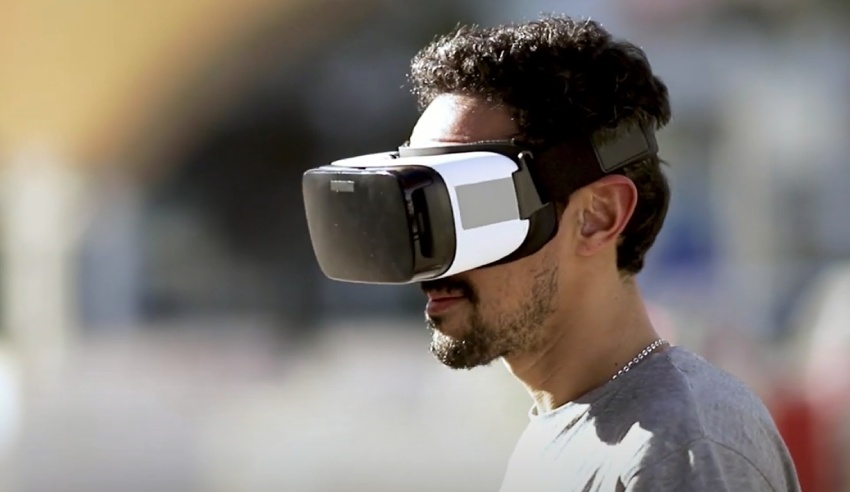VR could be a game-changer for jurors, study says
The use of virtual reality software could be extremely useful in the courtroom, a new study has found.
As piecing together a crime from documents alone can be difficult for jurors in a courtroom, a new study has provided an overwhelming case for using virtual reality (VR) during cases — so the jurors can make the most accurate possible verdict.
The study, published by the University of South Australia, showed that using VR to “drop” jurors into the middle of a crime scene can have a more consistent outcome than presenting evidence in a traditional way.
As part of the study, a team of UniSA researchers, legal professionals, police and forensic scientists simulated a hit-and-run scene, reconstructing the events with a laser scanner to compare verdicts between “jurors” using 3D headsets and those relying on photographs from the scene.
The result was better recall, spatial accuracy and more consistent verdicts in the case of the 30 study participants who used interactive technology.
Study participants viewing the scene through a 3D headset were 9.5 times more likely (86.67 per cent) to choose the same verdict — death by dangerous driving — than the group who relied on photographs, who were split 47/53 per cent between a careless driving verdict and dangerous driving verdict.
Dr Andrew Cunningham, from UniSA’s Australian Research Centre for Interactive and Virtual Environments, said that using VR evidence was also generally easier than using photographs and documents.
“Virtual reality also required significantly less effort than using photographs to piece together the sequence of events,” he said.
“Participants who were immersed in the scene were more likely to correctly remember the location of the car in relation to the victim at the time of the accident, whereas it was difficult for people to visualise the scene from still images.”
Lead researcher Dr Carolin Reichherzer said site visits are still the gold standard in providing juries with a realistic impression of a scene, but they also have their drawbacks.
“They are expensive — especially in remote locations — and in some cases the site itself has changed, making accurate viewings impossible,” she said.
Virtual reality has precedence in the courtroom internationally, with the most famous example in 2019 when the Bavarian State criminal office created an interactive scene of the infamous Auschwitz concentration camp to aid the prosecution’s case in a war crimes trial.
“This provides unequivocal evidence that interactive technology leads to fairer and more consistent verdicts, and indeed could be the future of courtrooms,” Dr Cunningham said of the study.

To continue reading the rest of this article, please log in.
Create free account to get unlimited news articles and more!






